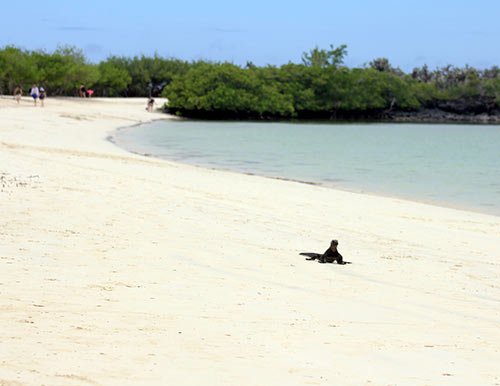Visit the Central and northern islands of the Galapagos archipelago on a 5 day boat trip. You will explore the nesting grounds of the red footed boobies, spot galapagos hawks, tropic birds, blue footed boobies, marine iguanas, lava lizards, penguins, and other endemic creatures. The Galaxy yacht is a first class liveaboard custom fitted to reach spots larger boats cannot.
Day by day
Map

Preview

Preview

Preview
Cruise Includes
Airport assistance
Transfers in Galapagos
Accommodation in double cabin
All meals during the cruise
Naturalist Bilingual Guide
All visits and excursions according to the itinerary
Snorkel Gear (mask, tube and fins)
Kayaks, paddle boards
Unlimited purified water, coffee and tea
Wetsuits, soft drinks, beach towels
Cruise does not include
Local flight to/from Galapagos
Galapagos National Park Entrance fee
Galapagos Transit card
Alcoholic drinks
Tips
Local Taxes
Travel Insurance
Service do not specified
Highlights
Visit the remote Genovesa island in the northern side of Galapagos, walk to the cliff called "El Barranco" and watch thousands of sea birds circle above
Observe the red vessuvium flowers constrast with lava flows and the turqoise waters that surround Chinese hat island
Take a zodiac ride around the famous Pinnacle rock at Bartolome for a chance to spot equatorial penguins
Swim and snorkel with sea lions, turtles and manta rays
Walk on a red volcanic sand beach at Rabilda island
Visit Galapagos on a small yacht tour 5 day itinerary Central and north Islands
From USD 4000,00
Enquire now
Dates & Promotions
| Dates | Price (USD) | Available | Hold | Promotion | |
|---|---|---|---|---|---|
No data | |||||